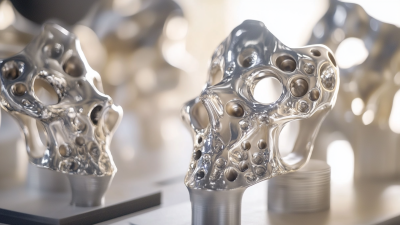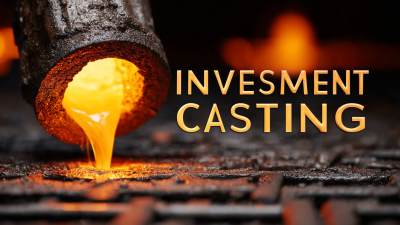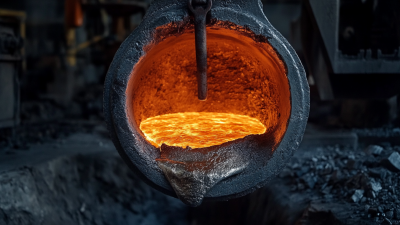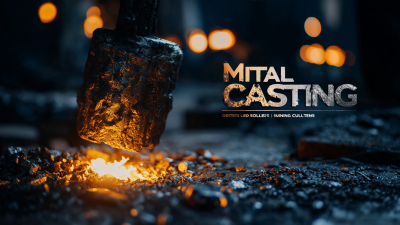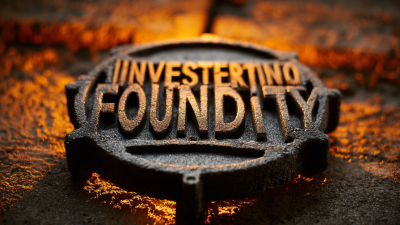The Investment Casting Process stands at the forefront of modern manufacturing, offering unprecedented precision and flexibility in producing intricate components across various industries. According to a report by Mordor Intelligence, the global investment casting market is projected to reach USD 24.79 billion by 2026, growing at a CAGR of 5.15%. This growth is driven by the increasing demand for lightweight and durable materials in sectors such as aerospace, automotive, and medical equipment.
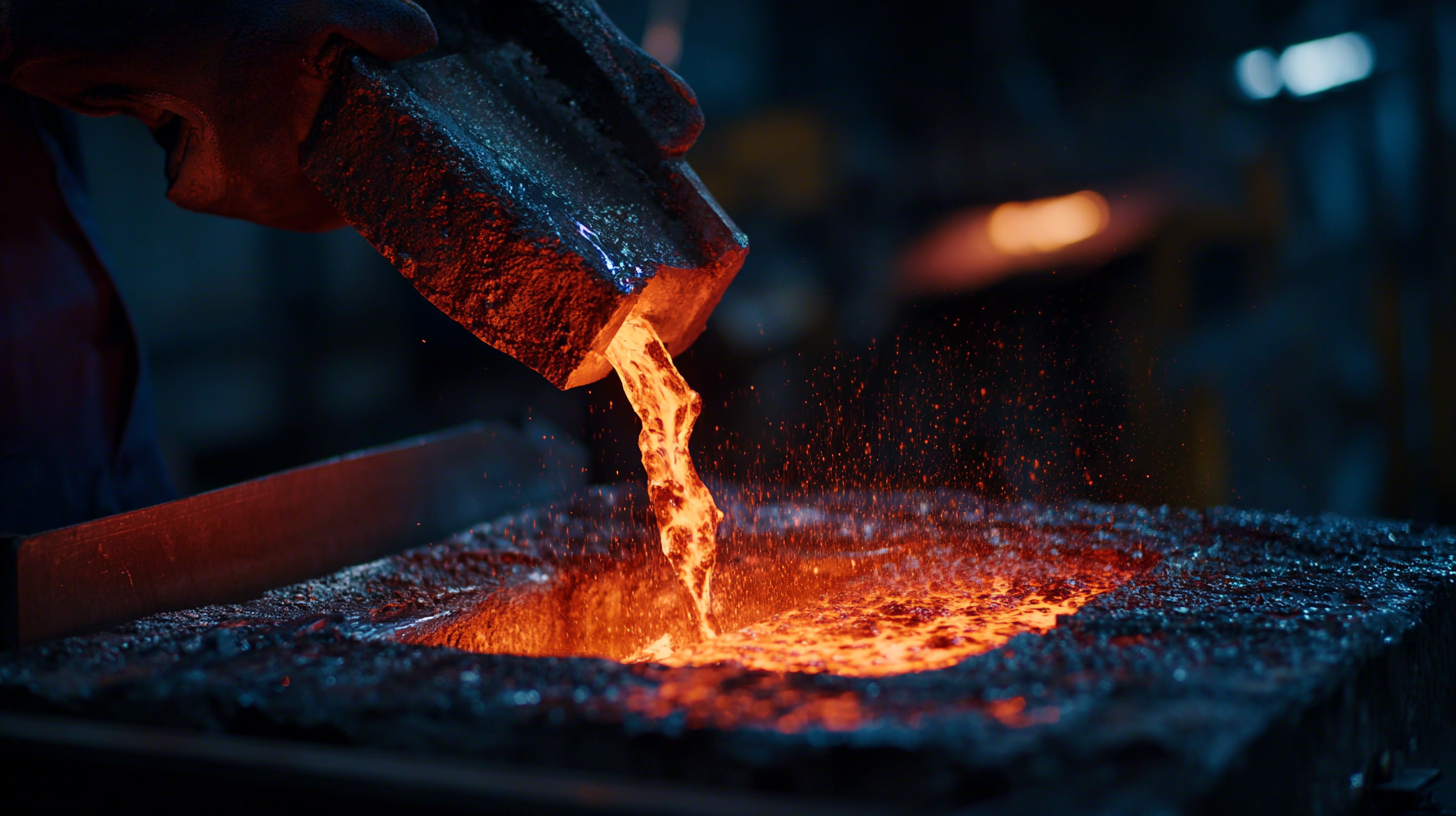 As manufacturers navigate this complex process, understanding its intricacies—from pattern design to quality control—is crucial for achieving optimal results. By leveraging advanced technologies and adhering to best practices, businesses can not only enhance product quality but also reduce time-to-market, ultimately positioning themselves competitively in an evolving landscape. This blog will delve into essential strategies for mastering the investment casting process, ensuring that manufacturers can achieve both efficiency and excellence in their operations.
As manufacturers navigate this complex process, understanding its intricacies—from pattern design to quality control—is crucial for achieving optimal results. By leveraging advanced technologies and adhering to best practices, businesses can not only enhance product quality but also reduce time-to-market, ultimately positioning themselves competitively in an evolving landscape. This blog will delve into essential strategies for mastering the investment casting process, ensuring that manufacturers can achieve both efficiency and excellence in their operations.
Investment casting is a sophisticated manufacturing process that allows for the creation of intricate metal components with high precision. Often referred to as lost-wax casting, this method involves creating a wax pattern that is coated with a ceramic material. Once the ceramic shell is formed, the wax is melted away, leaving a hollow mold that can be filled with molten metal. This process is ideal for producing complex geometries that would be difficult or impossible to achieve through traditional metalworking techniques.
The applications of investment casting are vast and span numerous industries, including aerospace, automotive, and medical devices. Its ability to create detailed and lightweight components makes it particularly valuable in sectors where precision and performance are paramount. For instance, aerospace components often face extreme conditions that necessitate both strength and weight savings. With investment casting, manufacturers can produce parts like turbine blades or structural components that meet stringent specifications while reducing material costs. As industries continue to advance, understanding the basics of investment casting becomes essential for achieving optimal results in manufacturing.
Investment casting is a sophisticated manufacturing process that can yield high precision and intricate designs. However, achieving optimal results depends on several key factors that influence the overall quality of the final product. One of the primary considerations is the choice of materials used for both the casting and the mold. Selecting high-quality alloys can significantly enhance strength and resistance to wear, while the type of coating applied to the mold can affect the surface finish of the cast part.
Another crucial factor is the design of the casting itself. Engineers must ensure that the geometry accommodates cooling rates and shrinkage during solidification. This involves carefully planning the thickness of the sections and the placement of gates and risers, which play a vital role in the flow of molten metal. Additionally, temperature control during the melting and pouring phases is essential for minimizing defects such as gas porosity and inclusions. By paying careful attention to these elements, manufacturers can largely mitigate issues and improve the reliability and performance of investment castings.
Investment casting, also known as precision casting, is a process that offers manufacturers a high level of design flexibility and precision. To achieve optimal results, it’s essential to follow a structured workflow. The investment casting process begins with creating a wax model that reflects the part design. According to the American Foundry Society, up to 95% of investment cast components can be produced to net shape, minimizing the need for further machining and thus reducing waste and costs.
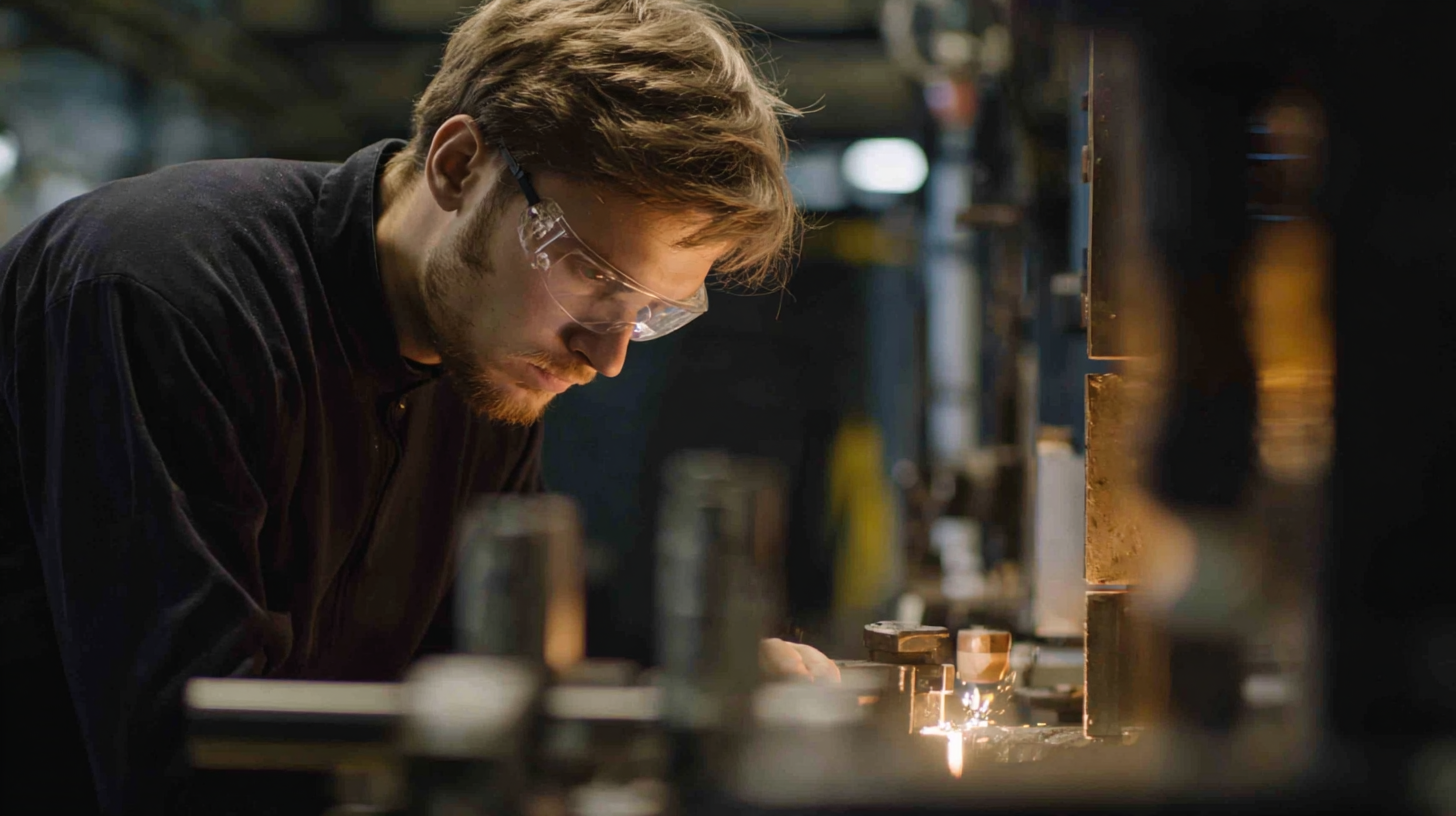
Once the model is ready, it is coated with a ceramic shell, which is then heated to melt away the wax and harden the shell. This process is crucial; inconsistencies in the shell thickness can lead to defects. To ensure quality, perform rigorous inspections and follow standardized methodologies. A report from the Institute of Metal Research emphasizes that proper shell preparation can improve casting surface finish by 30%, which is critical for parts with tight tolerances.
Tip: Engage in thorough design reviews during the initial stages to identify potential issues, and keep communication with your casting supplier open to address concerns promptly. Tip: Always consider material selection carefully; the right alloy can not only enhance performance but also improve manufacturability and reduce costs.
Investment casting is an intricate process that can lead to exceptional outcomes, but it also presents several challenges that manufacturers must navigate effectively. One common issue is dimensional accuracy. According to a 2021 report from a leading manufacturing journal, nearly 30% of investment castings do not meet specified tolerances due to thermal expansion during the cooling stage. To mitigate this, manufacturers should invest in advanced simulation software to predict how different materials will react under varying temperatures, which can significantly enhance precision in the final product.
Another significant challenge is the selection of appropriate materials. The same report highlights that using substandard or incorrect alloys can result in casting failures, such as defects or compromised mechanical properties. By investing in high-quality raw materials and implementing strict quality control measures, manufacturers can reduce the risk of such failures. Furthermore, collaborative partnerships with suppliers can facilitate access to innovative materials that improve both the performance and durability of cast products, allowing companies to stay competitive in a rapidly evolving industry.
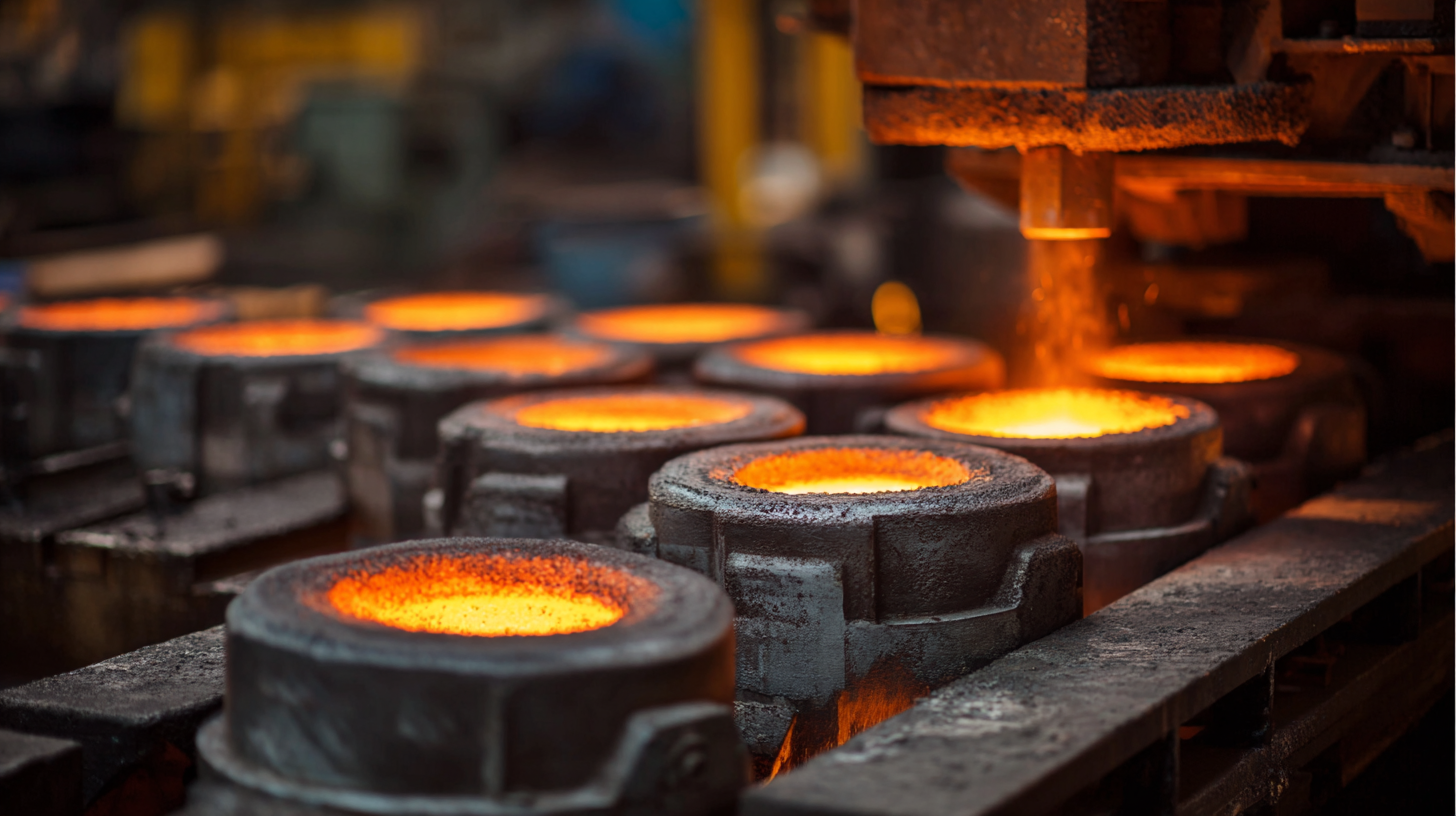
Innovative technologies are revolutionizing the investment casting process, leading manufacturers toward enhanced efficiency and precision. Recent advancements, particularly in materials science, are opening the door for more effective casting solutions. For instance, the integration of advanced thermoelectric materials, like tellurium-powered systems, is setting new standards for energy efficiency in manufacturing processes, allowing factories to reduce waste and improve the overall sustainability of production.
Moreover, digital innovations such as Industry 4.0 technologies are optimizing the investment casting workflow. Enhanced simulation tools and real-time data analytics enable manufacturers to anticipate potential defects and streamline production schedules. By embracing these cutting-edge tools, companies can significantly reduce lead times and costs while increasing the quality of the cast components. As competition in the casting industry intensifies, those who leverage these innovative technologies stand to gain a substantial advantage in both efficiency and market responsiveness.
| Process Step | Key Technologies | Efficiency Gains (%) | Common Applications |
|---|---|---|---|
| Wax Pattern Creation | 3D Printing, CNC Machining | 30 | Aerospace Components, Medical Devices |
| Mold Making | Investment Casting Software, Advanced Molding Materials | 25 | Automotive Parts, Agricultural Equipment |
| Wax Removal | Hot Air Oven, Microwave Wax Removal | 20 | General Engineering, Tooling |
| Casting | Automated Pouring Systems, Temperature Control Technologies | 40 | Heavy Machinery, Infrastructure |
| Finishing | Robotic Grinding, Surface Treatment Solutions | 35 | Precision Parts, Consumer Goods |
